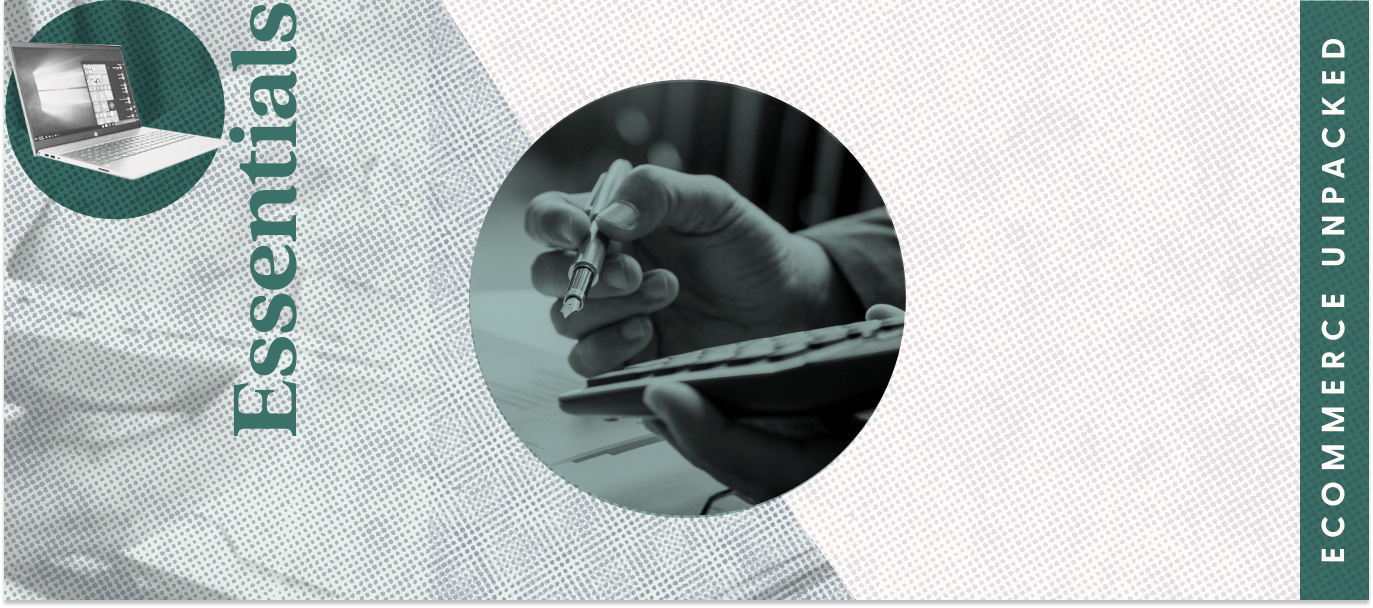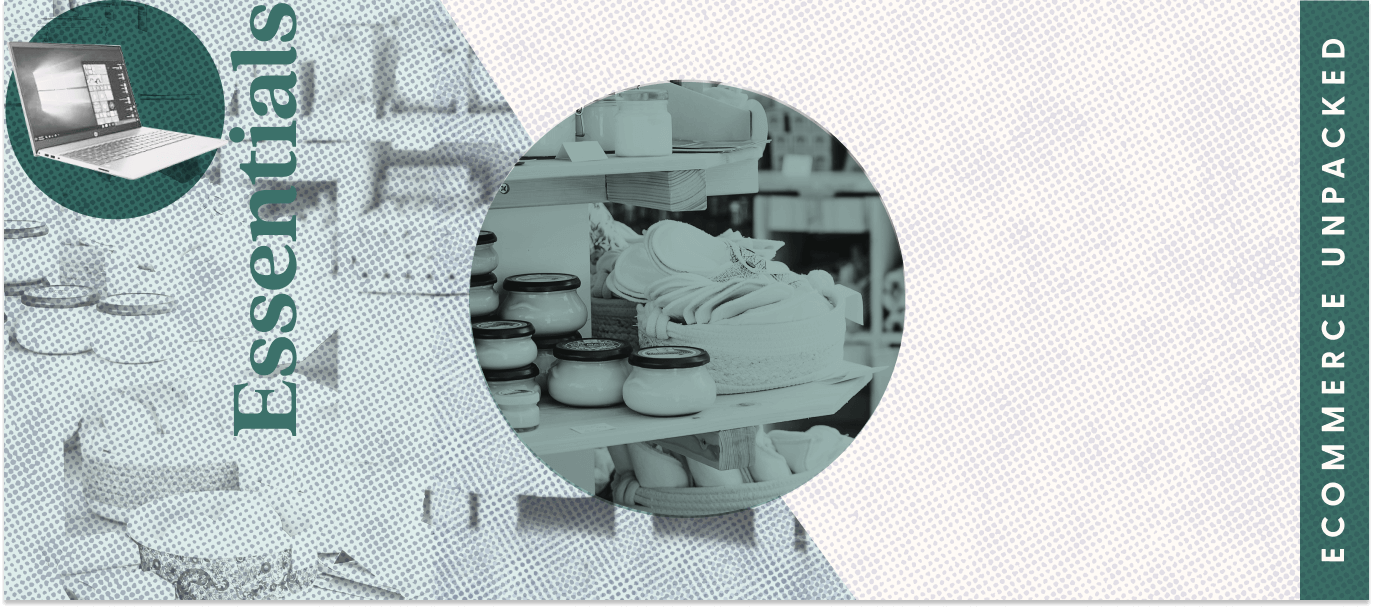Tiered pricing models allow ecommerce businesses to sell different versions of their products or services at different price points. This lets customers choose which tier is best for them based on the cost and features of each option.
Typically, higher-cost tiers are more premium or offer more features, while lower-cost tiers allow customers to take advantage of essential features at a more affordable price. Because it allows customers with different budgets and needs to find choices that suit them, tiered pricing can be a powerful tactic for both converting new customers and upselling to existing customers.
Read on to discover how you can implement this popular pricing model for your ecommerce business.
Key takeaways
- Tiered pricing is a popular sales model in which ecommerce businesses sell different versions of their products or services at different price points, allowing customers to choose the tier that best suits their needs.
- Depending on your business, you can tier your offerings by selling different versions of a product, bundling together various features, or offering different tiers that correspond to different numbers of users.
- To implement tiered pricing effectively, consider designing tiers to match different customer personas, and make the tiers easy for customers to understand.
Strengths of the tiered pricing model
The potential benefits of tiered pricing include:
- Greater consumer choice: A tiered approach gives your customers a sense of control. For shoppers hoping to pay only for what they need, tiered pricing can be an attractive option.
- Convert a range of customers: Offering multiple price points can help your business attract a wider range of customers. In particular, lower-priced tiers may help convince more hesitant buyers to try out your products or services.
- Upselling opportunities: While customers may start with lower tiers, you may be able to nudge them to upgrade later on in their customer journey if they have a positive experience with your brand.
- Customer loyalty: Giving your big spenders exclusive perks and benefits can help incentivize them to stay with you for the long term, which can increase the lifetime value of your customers.
Considerations for the tiered pricing model
Before implementing tiered pricing for your business, be sure to consider the potential risks, including:
- Shopper confusion: If you don’t make the benefits of each tier clear, shoppers may go to a competitor with a simpler model.
- Buyer’s remorse: If shoppers pick the wrong tier and pay for features they don’t want, your customer satisfaction will likely suffer.
- Feedback imbalance: Customers at top tiers might request features and benefits no one else wants. Catering too much to them could alienate other customer groups.
To mitigate these issues, pay close attention to your customer personas, and design a clear tier that caters to each persona.
3 popular tiered pricing models
Tiered pricing often falls into three popular models: pricing by features, pricing by audience, and pricing by usage.
Tiered pricing by features
This model works for online stores that sell products with a range of features. Some customers can opt to pay for all the features at a higher price point, while others may be willing to sacrifice certain features in exchange for a lower price.
A feature-based tiered pricing method typically involves three options:
- Basic/essentials: This is a lower-priced version of your product that includes just the essential features.
- Standard: This is a mid-range, mid-priced version of your product with a few more features beyond the essentials.
- Advanced/premium: This is a deluxe, higher-priced version of your product that contains the greatest number of features.
Many streaming services offer tiered pricing by features, with higher-priced tiers giving customers access to benefits like more channels or fewer commercials.
Tiered pricing by audience
If your product is used by both individuals and larger groups, offering tiered pricing by audience type might be an effective option for your business. Options for these tiers might include:
- Free: One person working alone gains access to a bare-bones version of your product.
- Pro: A few people working in tandem can log into your product or service and get a few more features and benefits than the free option.
- Business: Many people share your product and are able to tap into all of your most premium, team-based features for a higher price.
Tiered pricing by usage
If your product is designed for repeat use, consider offering tiers by usage. This way, you can create tiers for low usage, moderate usage, and high usage, with prices to match.
The difference between tiered & volume pricing
While some use the terms “volume pricing” and “tiered pricing” interchangeably, these are two completely different concepts.
In a volume pricing model, people who buy a larger volume of your products or services receive a discount. In other words, the cost per unit of your product decreases as the quantity increases. This differs from the tiered pricing model, where the features in each tier vary and are priced accordingly.
FAQs about tiered pricing models for ecommerce
Are there any drawbacks to offering too many tier options?
When presented with too many options, many customers get overwhelmed and leave without making a purchase. By limiting your options to a key selection, you can help your customers more easily identify the right tier for them.
What are the best practices for implementing tiered pricing?
Before implementing tiered pricing, start with research on your buyer personas. Determine exactly which cohorts of your customers will be interested in each tier option, then ensure that your pricing and offerings align with your personas.
Additionally, be sure to focus on the clarity of your pricing page. Make it easy for customers to understand the cost and benefits of each level so they can make an informed decision about their purchase.
What are alternative pricing models for ecommerce businesses?
If tiered pricing isn’t a fit for your business, there are a variety of other options to choose from, including:
- Profit-based pricing, in which you charge an amount that allows your business to meet specific profit goals
- Value-based pricing, in which you determine how much more your product is worth when compared to the competition, then showcase that information for customers
- Algorithmic pricing, in which you let a computer model determine how much your customers should pay based on various factors, including cost, competitor pricing, and consumer demand
Sources
[1] The Good-Better-Best Approach to Pricing (Harvard Business Review)
[2] Pricing Tier Infographic 1 (Adobe Stock)
[3] Why Most Product Launches Fail (Harvard Business Review)
[4] What Are Tiered Pricing Models? (U.S. Chamber of Commerce)
[5] SaaS and the Rule of 40: Keys to the Critical Value Creation Metric (McKinsey and Company)
[6] Bell Gigabit Fibe: Canada's Fastest Internet Service Now Available to 1.3 Million Homes (BCE)
[7] Fibe Internet Packages (Bell)
[8] Marketing Hub (HubSpot)
[9] Assessment (HubSpot)
[11] Sales Cloud Pricing (Salesforce)
[12] Tier Price (Adobe Commerce)
[13] How WooCommerce Tiered Pricing Option can Enhance Sales (WooCommerce)



